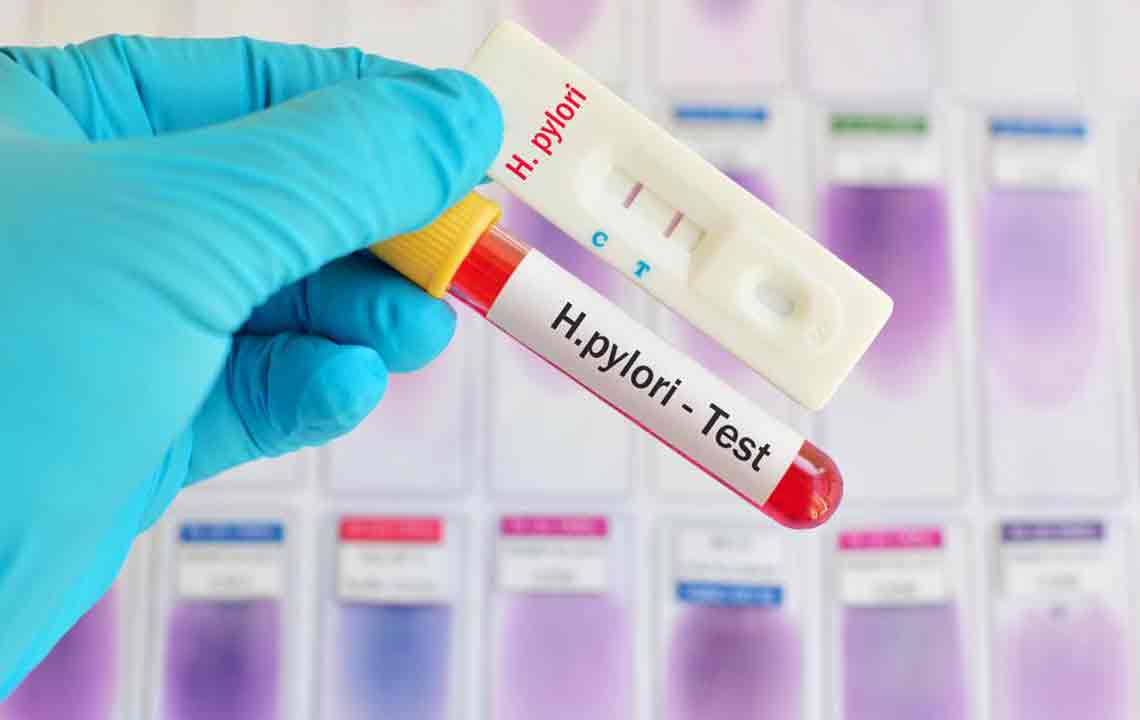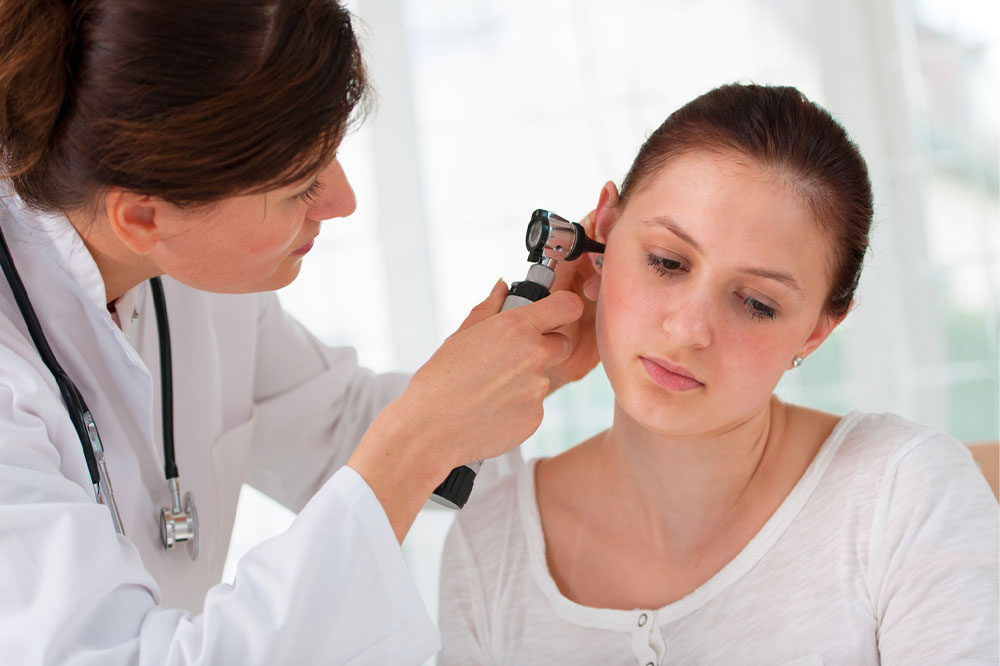Ultimate Guide to Eliminating Helicobacter pylori Infection
Learn effective strategies for eradicating Helicobacter pylori, including medication options, diagnostic methods, and prevention tips. This comprehensive guide emphasizes the importance of professional healthcare consultation for successful treatment. Gain insights into symptoms, testing procedures, and lifestyle practices to combat infection efficiently and protect your stomach health.

Ultimate Guide to Eliminating Helicobacter pylori Infection
Effectively treating Helicobacter pylori requires a combination of multiple antibiotics to prevent resistance. Doctors also typically prescribe acid-suppressing drugs to aid stomach lining recovery. Follow-up tests are recommended after four to five weeks to confirm eradication. If the infection persists, alternative antibiotic regimens may be needed. Accurate diagnosis and customized treatment plans are crucial for success.
Multiple medications are used in Helicobacter pylori treatment. Self-medication should be avoided to prevent complications.
Proton Pump Inhibitors (PPIs)
These medicines reduce stomach acid. Common PPIs include Omeprazole, Esomeprazole, Lansoprazole, and Pantoprazole. They promote healing and make antibiotics more effective.
H-2 Blockers
These agents lower acid production by blocking histamine receptors. Examples include Cimetidine (Tagamet) and Ranitidine (Zantac).
Bismuth-based Drugs
Bismuth subsalicylate, such as Pepto-Bismol, protects the stomach lining and shields ulcers from acid damage.
Correct diagnosis is vital for managing Helicobacter pylori. Various tests confirm the infection and guide therapy.
Blood Test
Detects antibodies related to infection; stool and breath tests are more accurate for active infections.
Stool Antigen Test
Finds bacterial antigens in stool samples. Patients should avoid antibiotics and acid suppressants for at least two weeks before testing.
Urea Breath Test
Involves swallowing labeled carbon; infected bacteria produce measurable carbon dioxide in the breath. Avoid antibiotics and suppressants during the two-week period before testing.
Endoscopy with Biopsy
A procedure where a small camera examines the upper digestive tract, with tissue samples taken for testing. Though invasive, it helps detect ulcers and other issues.
Most infected individuals are asymptomatic initially. Symptoms like stomach pain, nausea, bloating, loss of appetite, and weight loss can occur later. Infection often begins in childhood, especially in crowded or poor sanitation settings. Good hygiene and sanitation are key preventive measures.
Note:
This information is meant for educational purposes. Always consult healthcare providers for personalized diagnosis and treatment plans. This article offers general insights and does not replace professional medical advice. The website is not responsible for outcomes related to treatment decisions based on this information.


